In the summer of 2019, my sister and I planned a huge trip to New York City with our oldest boys. They are “best cousin friends” and often feel forgotten about because of their needy younger siblings (fun fact, my sister and I both have a set of twins that are three months apart).

We were going to be in the city during PRIDE, and we’d also meet up with many of our friends from high school who identify as gay. Being a more liberal-minded person in conservative religion, I was still battling how to tell my kids about all things LGBTQA+. My oldest son was seven-years-old, and I still hadn’t had a conversation about what gay means. I knew if I didn’t start talking to him about this topic, someone else could and probably would. So I did what any girl would do; I asked my older sister for advice.
“Have you talked to your kids about what gay means?”
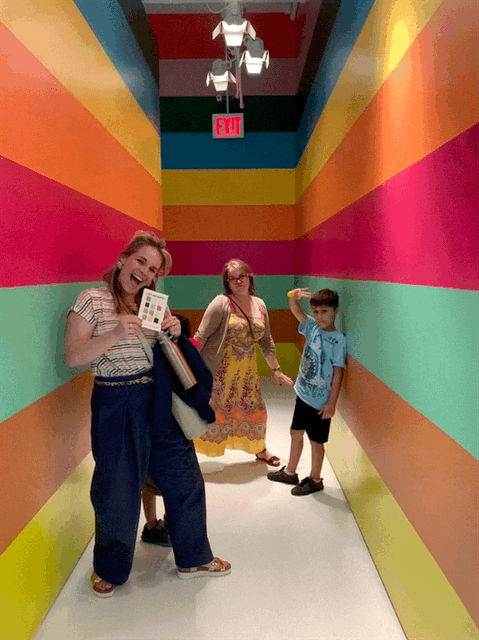
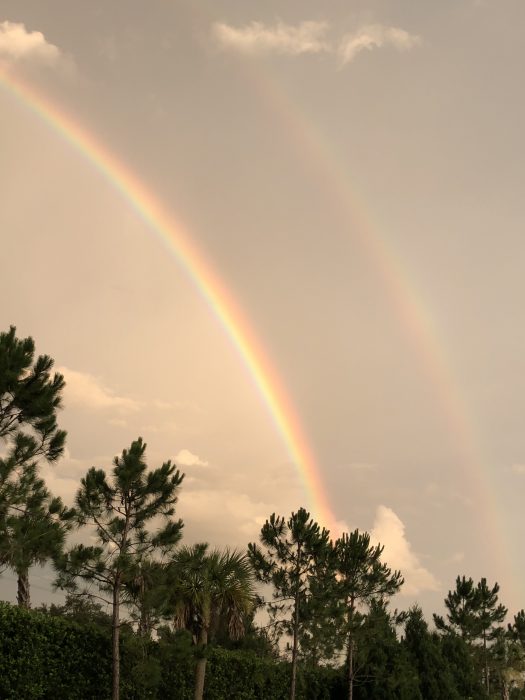
She stated, “Well yeah! I tell them people love differently than others.” She explained introducing your kids to diverse communities, including religious, racial, and sexual orientation, doesn’t have to be weird—adults overcomplicate things. Kids tend to be open-minded and don’t need graphic details to understand the concept that love is love.
Keep it simple.
Those words helped me breakthrough my awkwardness and approach this conversation authentically. I created three specific experiences to help share my views with my young child.
Experience 1: Finding library books about PRIDE.
I started with two books:
Harriet Gets Carried Away subtly talks about her two dads. When I read the book to my son, he didn’t flinch or ask questions, so I had to be more forward. “What do you think about Harriet’s dad.” He responded, “I don’t know….” I let him know that people love differently. Mommy and daddy love each other. Some kids may have two moms or two dads, and that’s ok. He responded, “ok, cool!”
The second book talked about creating the rainbow flag and who Harvey Milk was. My oldest was more curious about this book because he heard the story of how Harvey was discriminated against because of who he loved. He didn’t think that was fair or nice and we had a deeper discussion about being different. He learned why and how the rainbow flag represents this community.
The Central Library in Downtown Austin has an incredible selection of books about inclusion and diversity. They also proudly post a rainbow heart with “Library for all!” They even have coloring sheets with the PRIDE heart. I am sure a librarian would help you find age-appropriate books if you want to introduce these concepts via reading.
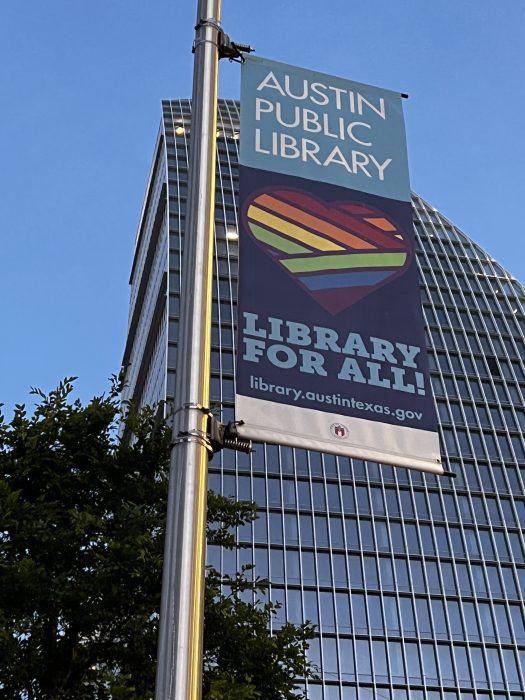
Experience 2: Meeting my friends
In New York, we met up with a good friend from high school, the one, and only Tug Watson. We went to a matinee showing of Phantom of the Opera where Tug was performing and toured the stage after the curtain call. Tug took us out for a pizza, post tour. We had a farewell picnic in Central Park at the end of our trip with a few other high school theatre friends. We didn’t talk about all things gay. We hung out, played tag, and ate delicious food.
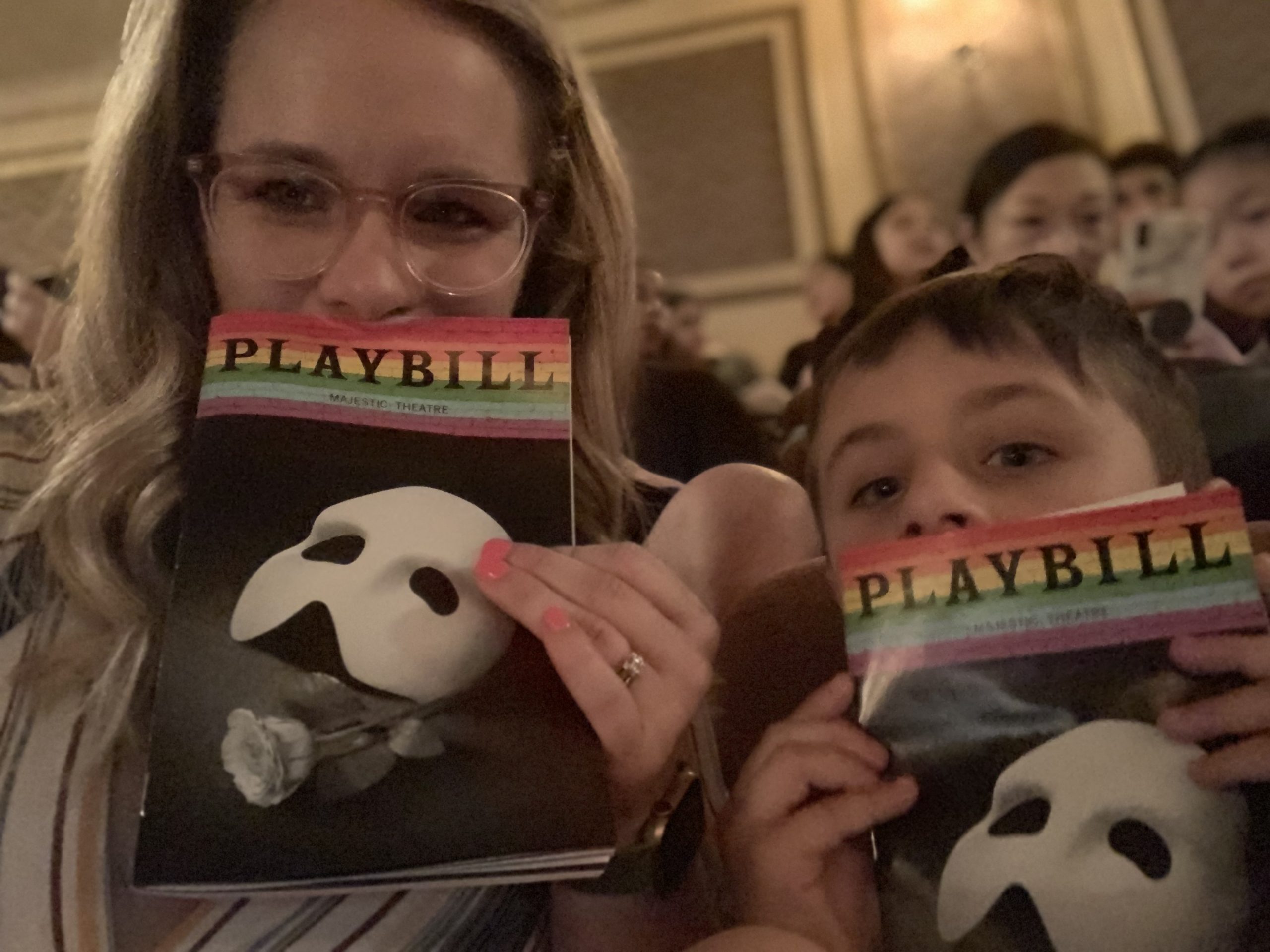

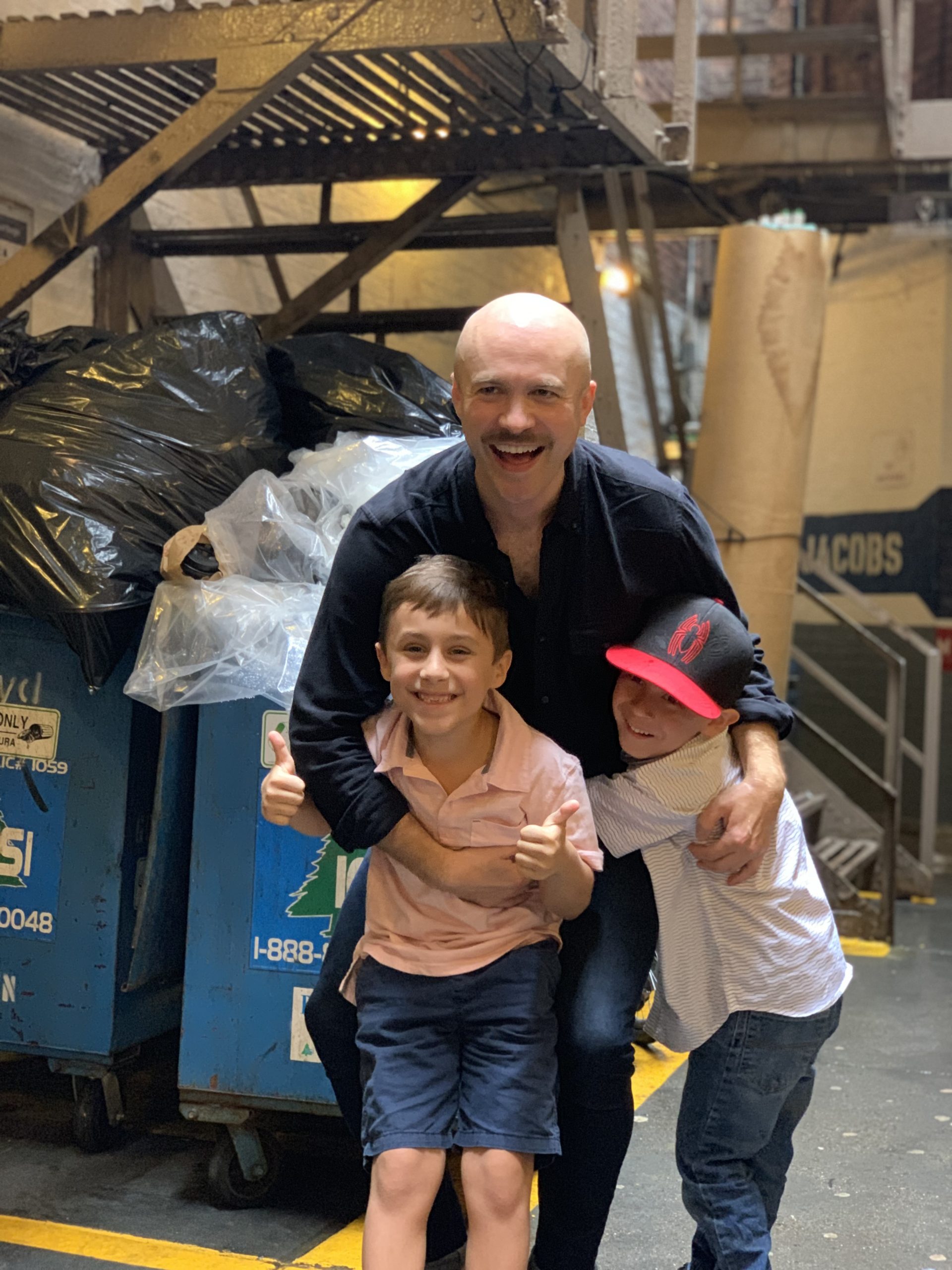

Back in Florida, we spent time with my friend Shay (also known as Gay for Shay) and her girlfriend Maribel. My kids would ask if they loved each other, and I replied, “yes, they do.” Shay and Maribel attended birthday parties, we’d volunteer together, and they were present at other significant events. She is their aunty, and they love her.
Experience 3: Volunteering with LGBTQA+ organizations
After this fantastic trip to the Big Apple, I wanted to be more involved. At the time, I served as the Director of Public Affairs and Communications for the church I was attending. We were looking for more volunteer opportunities, so I submitted a request to march alongside ALSO Youth and Sarasota Out in the Christmas parade. The volunteer event was approved, so I took my oldest boy to march with me. We met up with Shay and other LGBTQA+ in the Sarasota community. My boy had his own rainbow flag and road on the float with other kids that had gay parents, uncles, sisters, brother, etc.
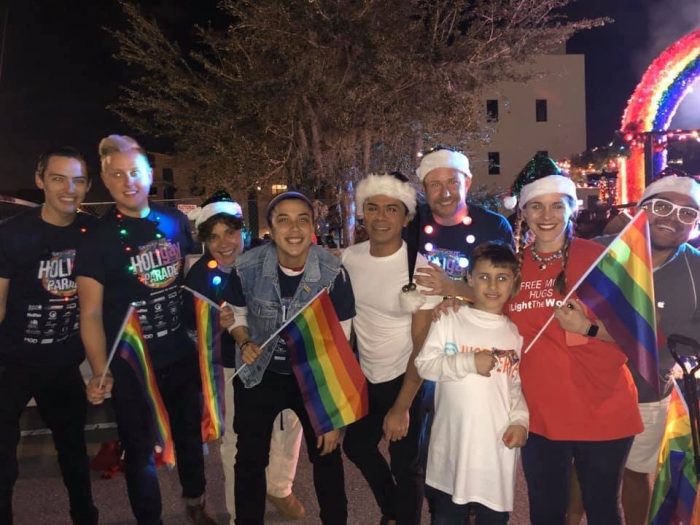 Now we love volunteering virtually with Point of Pride, a non-profit organization that supports the trans community as they seek transition options. We paint cards of affirmation. My children asked how this flag is different than the rainbow flag. I did not overcomplicate the conversation. I let my kids know they have a different flag than the Pride one. The trans community is when a kid is born one gender, boy or girl, but they feel like they are another gender.
Now we love volunteering virtually with Point of Pride, a non-profit organization that supports the trans community as they seek transition options. We paint cards of affirmation. My children asked how this flag is different than the rainbow flag. I did not overcomplicate the conversation. I let my kids know they have a different flag than the Pride one. The trans community is when a kid is born one gender, boy or girl, but they feel like they are another gender.
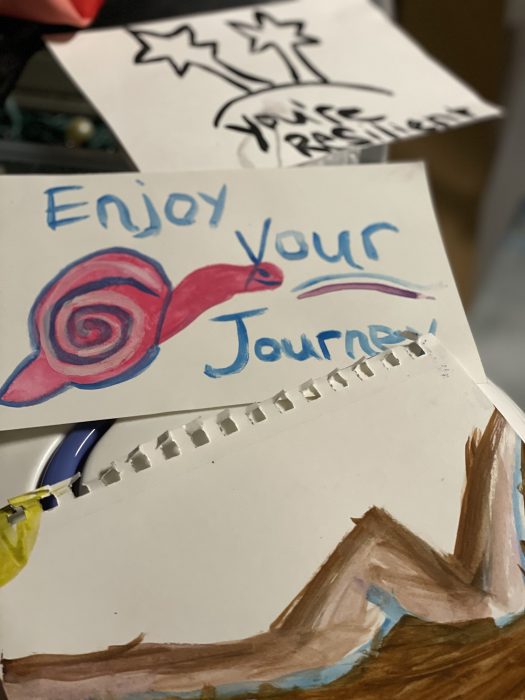 All three of these experiences were simple and opened conversations centered around inclusion and love. I intentionally didn’t push the topic further. I would introduce the conversation and wait for my kids to ask questions. My oldest is ten now. He recently asked me, “what does trans mean again?” I am thankful my child feels comfortable asking me this question. I want him to come to me so I can share my perspective without bias. It is through stories and personal connections that we develop our belief system.
All three of these experiences were simple and opened conversations centered around inclusion and love. I intentionally didn’t push the topic further. I would introduce the conversation and wait for my kids to ask questions. My oldest is ten now. He recently asked me, “what does trans mean again?” I am thankful my child feels comfortable asking me this question. I want him to come to me so I can share my perspective without bias. It is through stories and personal connections that we develop our belief system.
If parents avoid topics or show one side of the story, shame and blame may enter our kids minds and nervous systems. I am thankful my sister gave me courage to navigate this topic with my son. I now have the confidence to continue the conversation with him and his younger siblings.
My approach is straightforward:
- Read and learn about PRIDE stories
- Get to know people from the LGBTQA+ community
- Volunteer with organizations that represent the LGBTQA+ community
The three suggestions I listed are specific to my story. You are welcome to take my approach, but if it doesn’t feel authentic, come up with your own approach. Only you know how to navigate this topic authentically. You have endless resources to help you do this work, and when in doubt phone a friend, or big sister.
Here are a few extra resources I found from a simple Google search:
Talking to your child about what it means to be LGBT
Talking to your kids about identity
Tips to talking to your kids about sexual orientation
How to talk to your kids about LGBTQ+ Pride
How to talk to kids about LGBTQ topics
Tips for parents with LGBTQ youth
Backstory Bonus Content
My sisters and I grew up in a conservative religion. We also grew up in musical theatre, cheerleading, and traveling the world with our flight attendant mom. Most of my friends throughout high school, college, and in my workplace have been from the LGBTQA+ community. My mother took a very open and honest approach when she raised us. We could ask her anything, and we knew we would get her opinion and a birds-eye view of what other people may believe about the topic.

I wanted to make sure I raised my children similarly. I am not on this planet to cast judgment or make others feel left out. Life is hard enough! I want my kids to be open-minded, inclusive, and loving humans. My goal in sharing my values is to help my kids see other people’s perspectives. I hope they can be empathetic and geared towards human connection, because I know that fuels a whole-hearted life.










